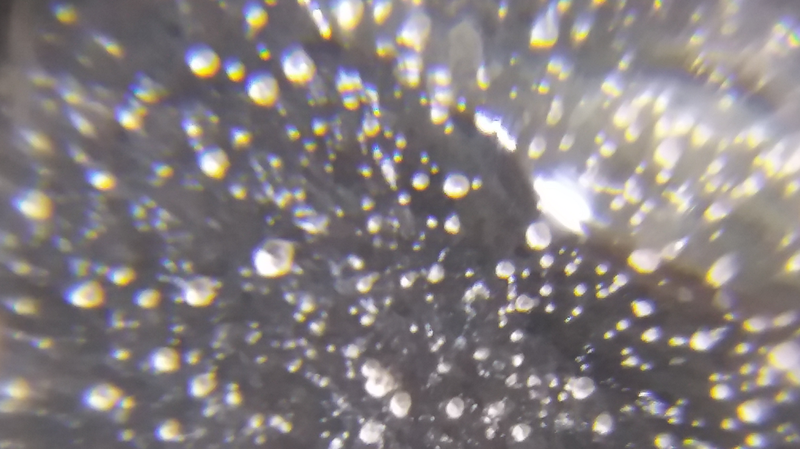Italy is facing a major fertility crisis—baby numbers have dropped for 16 consecutive years, reaching their lowest level since 1861. While factors like brain drain and economic challenges have been widely discussed, a new study is adding a surprising twist to the conversation.
In the picturesque coastal town of Salerno, a local fertility clinic took an innovative approach. Researchers analyzed the ovarian follicular fluid—a critical element that nurtures developing eggs—from 18 women seeking assisted reproductive treatment. Shockingly, microplastics were found in 14 cases. 🔬😮
Lead researcher Luigi Montano described the results as "very alarming" in his study published in the journal Ecotoxicology and Environmental Safety. Although the research only indicates a possible correlation between microplastics and reproductive health, it serves as an important early warning about these pervasive contaminants.
Microplastics are already known to carry harmful chemicals, such as PFAS, bisphenols, and phthalates, which have been linked to cancer and hormone disruption. Montano even suggested that these tiny particles might be contributing to declining sperm counts, further complicating the fertility crisis.
As Prime Minister Giorgia Meloni rolls out measures like tax breaks for mothers with two or more children and extended parental leave, this new evidence urges us to consider environmental factors as part of a broader global fertility challenge. Could everyday exposure to microplastics be silently undermining reproductive health, not just in Italy but worldwide? 🌍🤔
While further research is needed to fully understand the impact, this study brings a fresh perspective to a crisis that is capturing global attention.
Reference(s):
cgtn.com



